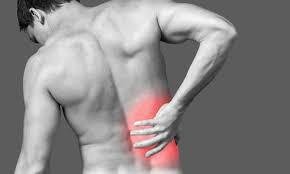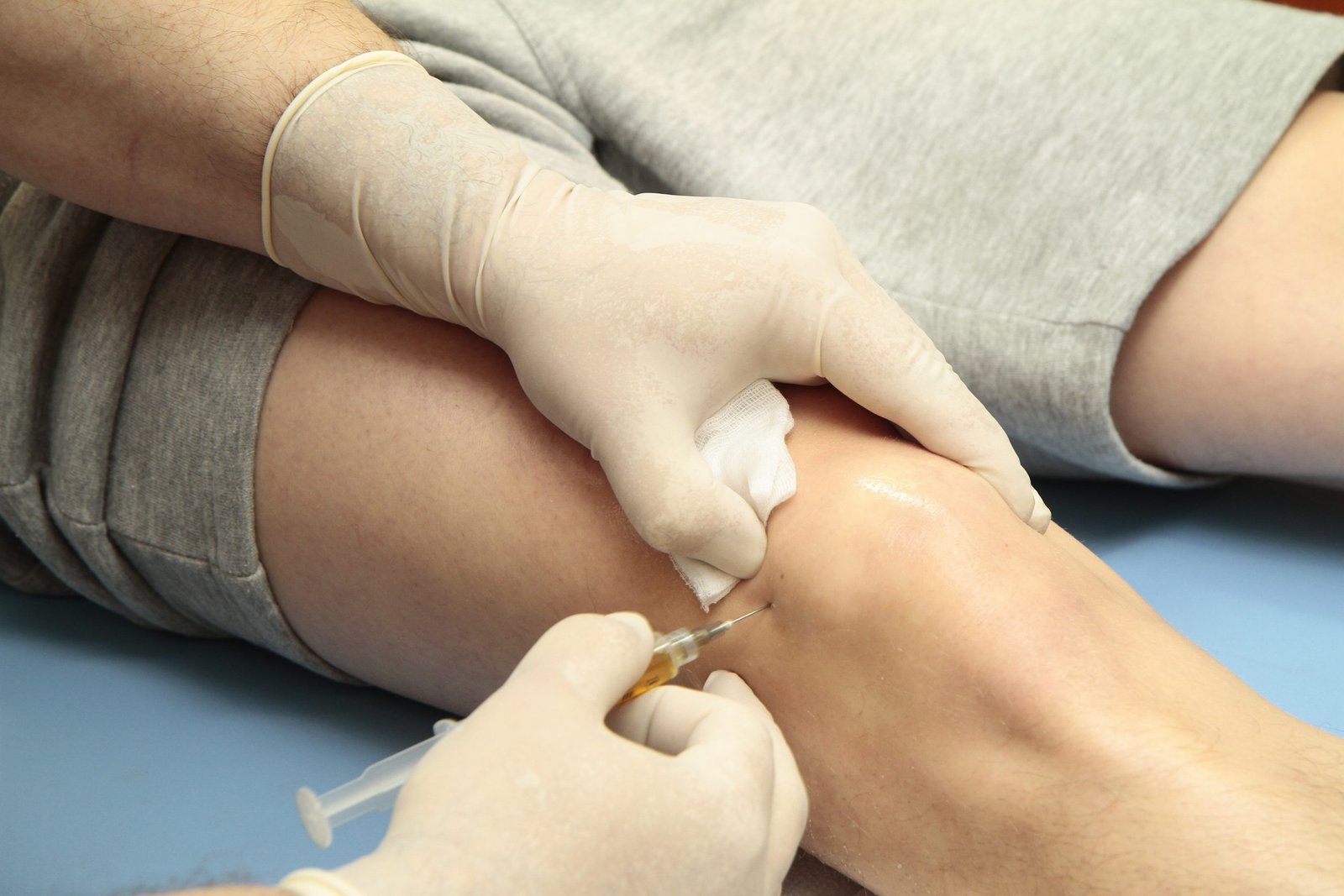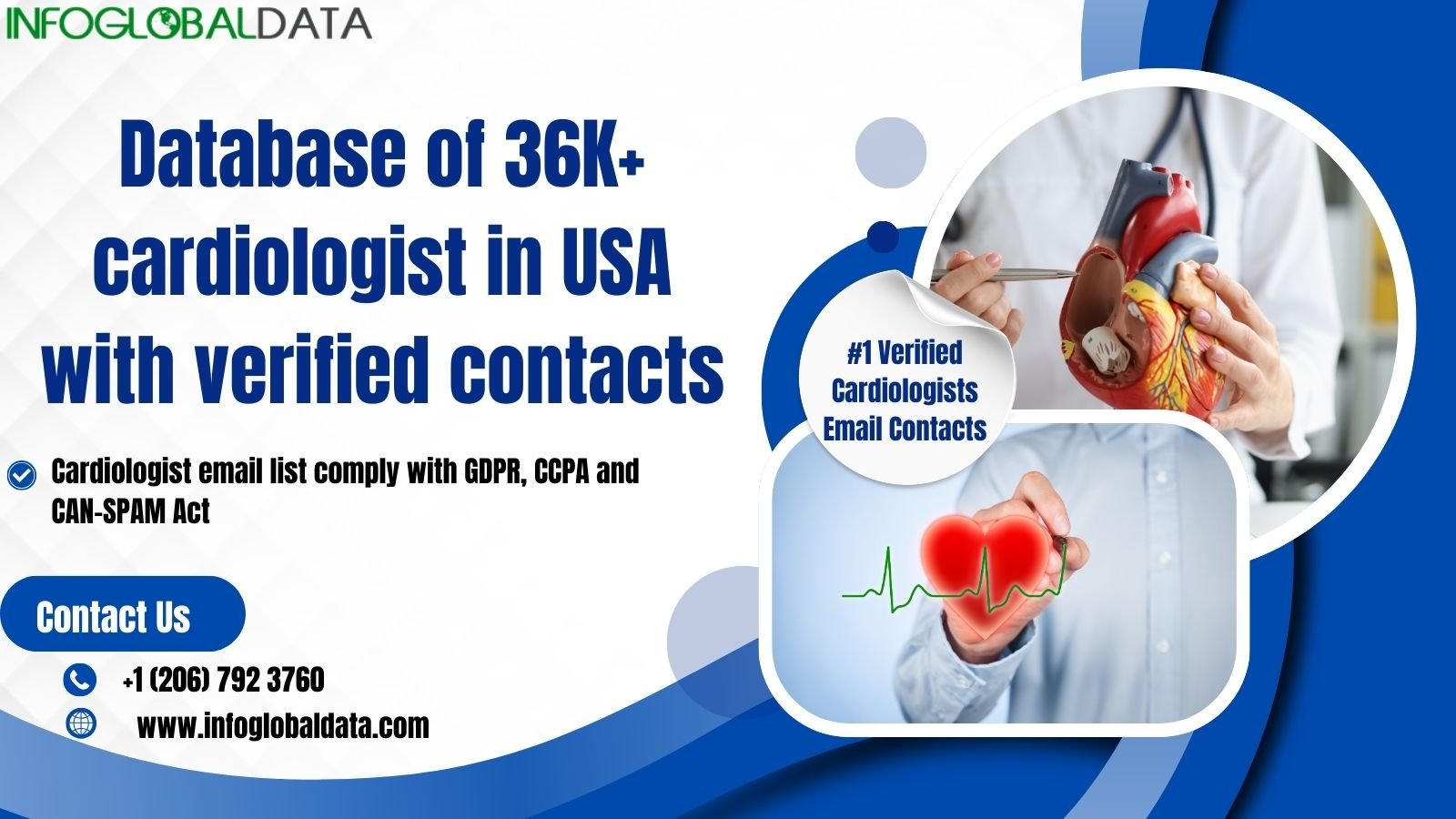Muscle recovery is a crucial aspect of maintaining an active lifestyle, whether you are an athlete, a fitness enthusiast, or someone who engages in physical activities. After intense workouts or physical exertion, your muscles may experience soreness, stiffness, or even injury.
While medications can play a significant role in alleviating discomfort and promoting recovery, it is essential to use them safely and effectively. This guide will explore safe and proper ways to use medications for muscle recovery, ensuring you maximize their benefits while minimizing risks.
Understanding Muscle Recovery
Before delving into medications, it’s important to understand the muscle recovery process. Muscle recovery involves repairing and rebuilding muscle fibers that sustain damage during physical activity. This process includes:
- Inflammation: After exercise, your body initiates an inflammatory response to repair damaged tissues. While inflammation is a natural part of recovery, excessive inflammation can lead to prolonged soreness and discomfort.
- Muscle Repair: Satellite cells in your muscles activate to repair and regenerate muscle fibers. This process is essential for muscle growth and strength.
- Rest and Nutrition: Adequate rest and proper nutrition are vital for effective recovery. Your body needs time to heal and the right nutrients to support muscle repair.
- Hydration: Staying hydrated helps maintain optimal muscle function and aids in the recovery process.
Understanding these components will help you appreciate the role medications can play in muscle recovery and how to use them effectively.
Common Medications for Muscle Recovery
Several types of medications can assist in muscle recovery. Each has its mechanism of action, benefits, and potential side effects. Here are some common options:
1. Nonsteroidal Anti-Inflammatory Drugs (NSAIDs)
NSAIDs, such as ibuprofen (Advil, Motrin) and naproxen (Aleve), are widely used to reduce inflammation and relieve pain. They work by inhibiting enzymes that contribute to the inflammatory process.
Benefits:
- Effective for reducing pain and inflammation.
- Can help improve mobility and function.
Usage Tips:
- Take NSAIDs with food to minimize gastrointestinal discomfort.
- Follow the recommended dosage to avoid side effects, such as stomach ulcers or kidney issues.
2. Acetaminophen
Acetaminophen (Tylenol) is another over-the-counter option for pain relief. Unlike NSAIDs, it does not reduce inflammation but is effective for mild to moderate pain.
Benefits:
- Generally well-tolerated with fewer gastrointestinal side effects.
- Suitable for individuals who cannot take NSAIDs.
Usage Tips:
- Monitor your total daily intake to avoid liver damage, especially if you consume alcohol.
3. Muscle Relaxants
Muscle relaxants, such as cyclobenzaprine and methocarbamol, can help relieve muscle spasms and discomfort. They work by acting on the central nervous system.
Benefits:
- Effective for muscle spasms and associated pain.
- Can improve mobility and function.
Usage Tips:
- Use muscle relaxants for short-term relief, as they can cause drowsiness and dependency.
- Avoid alcohol and other sedatives while taking these medications.
4. Topical Analgesics
Topical medications, such as creams and patches containing menthol, capsaicin, or NSAIDs, can provide localized pain relief.
Benefits:
- Direct application to the affected area minimizes systemic side effects.
- Convenient and easy to use.
Usage Tips:
- Clean the area before application to enhance absorption.
- Follow the instructions regarding frequency and amount to avoid skin irritation.
5. Prescription Medications
In some cases, healthcare providers may prescribe stronger medications, such as opioids or corticosteroids, for severe muscle discomfort.
Benefits:
- Provides significant pain relief for acute or chronic conditions.
- Can be part of a comprehensive pain management plan.
Usage Tips:
- Use prescription medications only as directed by your healthcare provider.
- Be aware of the potential for addiction and other side effects, especially with opioids.
Safe Practices for Using Medications
To ensure safe and effective use of medications for muscle recovery, consider the following practices:
1. Consult a Healthcare Professional
Before starting any medication, consult with a healthcare professional. They can help you determine the underlying cause of your muscle discomfort and recommend the most appropriate treatment options. This step is crucial, especially if you have pre-existing conditions or are taking other medications.
2. Understand Your Medications
Familiarize yourself with the medications you plan to use. Read the labels and understand their active ingredients, potential side effects, and interactions with other medications. This knowledge will empower you to make informed decisions about your treatment.
3. Follow Dosage Instructions
Adhering to the prescribed dosage is vital for maximizing the benefits of any medication. Taking too little may not provide the desired relief while taking too much can lead to serious side effects. Always read the label and follow your healthcare provider’s instructions carefully.
4. Monitor for Side Effects
Be vigilant about any side effects you may experience while taking medications. Common side effects can include gastrointestinal issues, drowsiness, or allergic reactions. If you notice any concerning symptoms, contact your healthcare provider promptly to discuss your options.
5. Avoid Mixing Medications Without Guidance
Combining medications can sometimes enhance their effectiveness, but it can also lead to dangerous interactions. Always consult your healthcare provider before mixing medications, especially if you are considering combining over-the-counter options with prescription drugs.
6. Use Medications as Part of a Comprehensive Recovery Plan
Medications should not be the sole focus of your recovery strategy. Incorporate other recovery methods, such as rest, hydration, nutrition, and physical therapy, to support your overall healing process. This holistic approach can lead to better outcomes and reduce reliance on medications.
7. Be Cautious with Long-Term Use
While some medications can provide relief, long-term use can lead to complications or dependency. Regularly evaluate your need for medication with your healthcare provider and explore alternative treatments if necessary.
Non-Pharmacological Approaches to Muscle Recovery
In addition to medications, several non-pharmacological approaches can enhance muscle recovery. These methods can complement your medication regimen and promote overall well-being.
1. Physical Therapy
Engaging in physical therapy can help you recover from muscle injuries and improve strength and flexibility. A physical therapist can design a personalized program tailored to your specific needs, helping you regain function and prevent future injuries.
2. Active Recovery
Incorporating light physical activity, such as walking or gentle stretching, can promote blood flow to the muscles and aid in recovery. Active recovery helps reduce stiffness and encourages the healing process.
3. Nutrition and Supplements
A balanced diet rich in protein, vitamins, and minerals is essential for muscle recovery. Consider incorporating foods high in omega-3 fatty acids, antioxidants, and branched-chain amino acids (BCAAs) to support muscle repair. Additionally, consult with a healthcare provider about the potential benefits of supplements, such as protein powders or creatine.
4. Hydration
Staying hydrated is crucial for optimal muscle function and recovery. Dehydration can lead to muscle cramps and hinder the healing process. Aim to drink plenty of water throughout the day, especially before, during, and after physical activity.
5. Sleep
Adequate sleep is vital for muscle recovery. During sleep, your body repairs and regenerates tissues, including muscle fibers. Aim for 7-9 hours of quality sleep each night to support your recovery efforts.
6. Stress Management
Chronic stress can negatively impact your recovery process. Incorporate stress management techniques, such as mindfulness, meditation, or yoga, to promote relaxation and enhance your overall well-being.
When to Seek Medical Attention
While many cases of muscle discomfort can be managed with over-the-counter medications and self-care strategies, certain situations warrant professional evaluation. Seek medical attention if you experience:
- Severe or persistent pain that does not improve with rest or medication.
- Swelling, bruising, or deformity in the affected area.
- Muscle weakness or loss of function.
- Symptoms of infection, such as fever or redness around the muscle.
- Any new or unusual symptoms that concern you.
Conclusion
Using medications safely and properly for muscle recovery involves understanding the types of medications available, adhering to dosage instructions, and incorporating complementary strategies to enhance their effectiveness. By consulting with healthcare professionals, monitoring your progress, and adopting a holistic approach to recovery, you can effectively manage muscle discomfort and promote healing. Remember that a combination of medications, lifestyle changes, and non-pharmacological treatments often yields the best results in achieving optimal muscle recovery.
















Leave a Reply